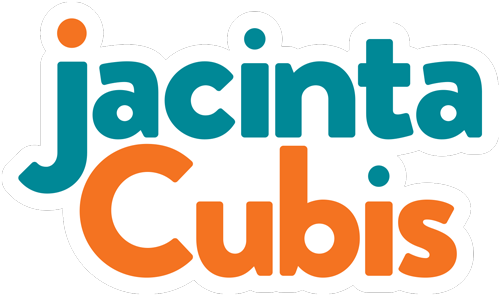How to help your leaders look at themselves
Picture this: you're in a room full of people, each with their own ideas, opinions, and egos. They’ve also got to do lists, pinging emails and unanswered calls to grapple with.
Sounds like any meeting, any day, in any organisation.
It’s tough enough for a meeting leader to get people’s attention. Then they have to create an environment where everyone feels heard and included, while ensuring that the group stays on track and gets the work done.
How would you rate the ability of meeting leaders in your organisation to do this?
If the meeting’s ineffective, some will blame the people in the meeting.
Before they look at everyone else, it could be time to encourage them to take a quick peek at themselves.
No, I don’t mean put a mirror in every meeting room - although that could be fun! Ask yourself what type of meeting leader are they? They could be one of four types.
🤗 A crowd pleaser, chasing the applause of the group at the expense of achieving tangible results?
👉 A dictator, instructing a group rather than engaging them in an effort to ‘get things done’,, no matter the cost?
⚽ A referee, keeping the group moving ‘in the interests of time’, perhaps missing out on nuanced discussion and debate?
🗺️ A guide, asking and empowering a group to respond, contribute and create value together.
Facilitators are at their best when they act as a guide, while knowing when they might need to dip step into the roles of crowd pleaser, referee and dictator. I call this (fl)awesome facilitation. The key to knowing who to be when, and with whom, is self-awareness.
Self-awareness is a HUGE topic, ‘the meta-skill of the 21st century’ writes Dr Tasha Eurich, organisational psychologist in her book, Insight.
Eurich defines self-awareness as, ‘the ability to see ourselves clearly - to understand who we are, how others see us, and how we fit into the world’.
A translation for anyone who leads meetings: understand who we are leading a group, how the group sees us and how we fit into the dynamics of the group.
Self-awareness helps us to better navigate the unpredictable dynamics of a group.
Here’s what I mean.
Let’s say that you become aware that you wear rose coloured glasses. It could be one of the reasons that you ‘smooth over’ disagreements in meetings and workshops. But with this new awareness, you might be able to strike a better balance between encouraging positive thinking and addressing potential challenges in meetings and workshops head-on.
Or maybe you’ve been told that you talk a lot and can dominate conversations. This could be one of the reasons why people hold back from responding to your rare questions. Or sometimes seem a bit flat and lacking in energy. With this new awareness, you can try to make a conscious effort to be quiet (counting the three silently works for me!) and create more space for others to speak and contribute. Here’s a tip. If you hear someone in a group say, ‘I’m practising not jumping in’ when a facilitator asks for contributions, I bet they have recently become aware that they talk a lot (guilty!).
By understanding their own quirks and tendencies, your leaders can fine-tune their facilitation techniques to better serve the group.
The pathway towards self-awareness as a facilitator isn’t easy. It calls for a bit of soul-searching and admitting to a few flaws. But the payoff is well worth it. Groups will thank your meeting leaders. Probably not in words, but certainly in their increased levels of participation and engagement.
If you want to support your leaders to increase their self-awareness and facilitate with authentic flair, my (Fl)awesome Facilitator Guide can help. Download your copy for free HERE.
If you’ve already got a copy, I’d love to hear what conversations it’s sparked. Just reply to this email or drop me a line jacinta@jacintacubis.com.
Have a (fl)awesome week!


